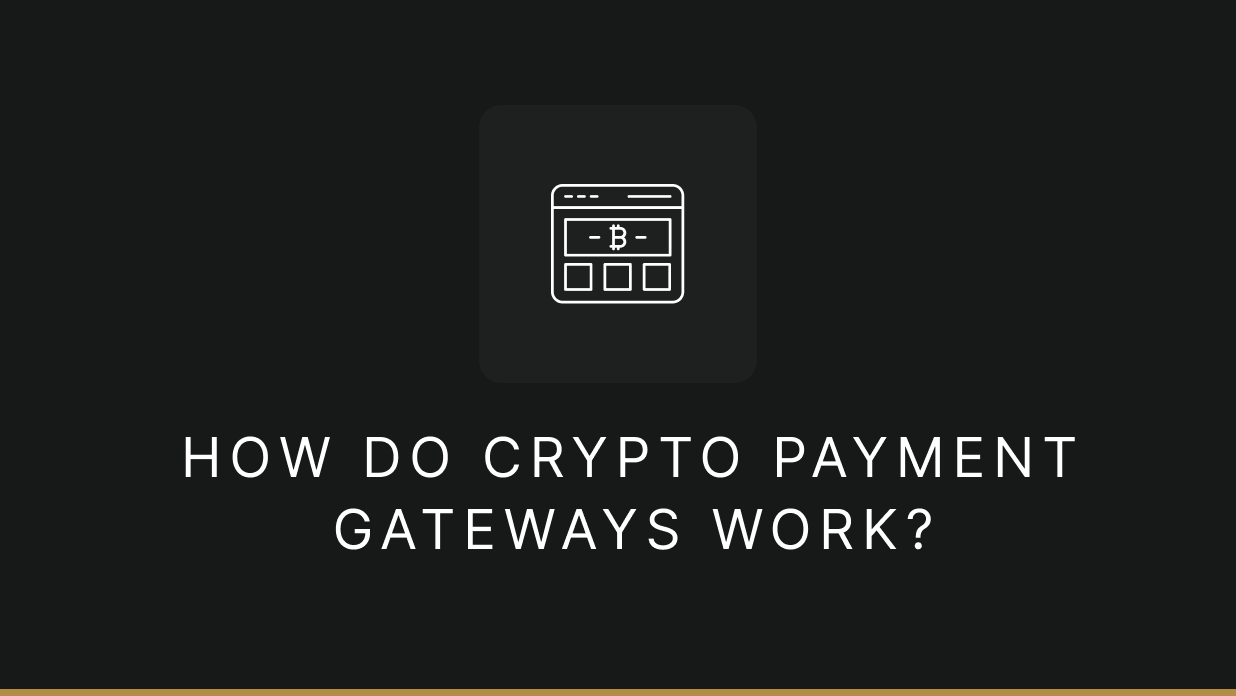Have you caught yourself or someone asking “What is cryptocurrency? or Who accepts cryptocurrency?add tag Did it pop up out of thin air? Is it real? Is it a belief or a technology? What the heck is a blockchain? Is it magic? Is it even legal? Is it taking over the world? What’s a Bitcoin? What’s an NFT? What’s the Metaverse? Meme money is a thing? Satoshi Nakamoto is real and not real at the same time?” … and on and on and on.
Well, ask no more! Here are all the answers to your burning questions – let’s dive right in!
Clearing The Confusion
“What is crypto” is a viable question, and you’re not wrong to be a little confused at times. It’s a whole new world with endless discoveries waiting for you to unfold. So let’s unfold some, shall we?
A cryptocurrency by definition according to Google is: a digital currency in which transactions are verified and records maintained by a decentralized system using cryptography, rather than by a centralized authority.
Yeah, we know that definition isn’t very helpful, but basically, crypto is a digital (not physical) currency that doesn’t belong to a centralized authority like governments or banks. Crypto works a lot like fiat (traditional currency like a US dollar or Euro for example) as it’s a medium of exchange and stores value. Instead of private institutions or governments having full authority over funds, crypto works on a peer-to-peer basis (we’ll come back to that in a second) meaning there are no intermediaries.
This gives people the freedom and visibility to control their funds and monitor the market at their will. And let’s face it, it’s quite exciting! Entirely new network technology allows for the creation of a new type of currency that is so perfectly calculated and encrypted, it’s impossible to falter. What a concept!
Explaining The Crypto Rails
Okay, let’s circle back to the peer-to-peer network.
To understand peer-to-peer networks, first, you need to understand blockchain technology. We did our best to break it down in the simplest way possible:
Blockchain technology is what crypto networks run on and allow them to function. As the name implies, a blockchain is a series of blocks containing information used as a distributed ledger by anyone. Three main components make up a block: data, a block hash, and the block hash of the previous block. The data stored in a block depends on the type of blockchain. For example, Bitcoin stores transaction details like the sender, receiver, and amount of coins.
Calculating unique cryptographic codes; they detect any changes to a block, meaning the block will not be the same if the block hash changes. Each block also contains the hash of the previous block in the chain; this is what primarily makes a blockchain secure and… well… a chain!
Make sense? If not, check out this diagram or read in more detail here:
Okay, okay… back to peer-to-peer networks again:
Instead of using a central entity, blockchains use a peer-to-peer (P2P) network and anyone is free to join. This means when someone joins the network, they get the full copy of the blockchain and this can be used to verify that everything is up to par. If a new block is added to the blockchain, each copy verifies the block to make sure it has not been tampered with and if it checks out it is added to the blockchain. This agreement creates consensus and any block that has been tampered with will be rejected by other copies. So basically it’s a community of checks and balances across this perfectly structured network technology.
Is Crypto Real Money?
The answer is yes! Money – or currency for a more exact term – has 6 main characteristics, and crypto meets all of them:
- Durability: it must be strong enough to be used over and over.
- Portability: it is easy to transport.
- Uniformity: one unit has no more or less value than another unit
- Limited Supply: in order to maintain value, it needs a limited supply
- Divisibility: it can be divided into smaller increments
- Acceptability: it is an acceptable form of payment
It’s durable in the sense that you can send and receive exact units of cryptocurrency between peers – there is no creation of new cryptos for each transaction per se. A mobile app, that’s what a digital wallet is. Each and every full unit of crypto has the exact same value as every single unit in the network at all times (for example, if one Bitcoin is worth $60,000, all units are worth $60,000).
All cryptocurrencies have a limited supply meaning their value is maintained – if there were infinite supply, there would be no value. There is no need to buy a full unit of crypto – they are divisible by even the smallest fraction and you are allowed to purchase as much or little as you want. You can pay for goods and services directly from your digital wallet, and it’s becoming more and more mainstream by the day.
Types Of Crypto
3 main categories; that’s how many main crypto types there are!
- Cryptocurrency coins
When applied to buying, selling, and trading, coins work on their own blockchain network, like bitcoin (BTC) on the Bitcoin blockchain. They are managed and run by their own network that validates and stores value and uses its own currency for transactions on its blockchain.
- Stablecoins
Stablecoins are cryptocurrencies pegged to a fiat currency or an asset, meaning they have little to no room to fluctuate. Their main purpose is to keep funds in an exchange for easy exit and re-entry to the crypto market. For example, without having to move your funds to a wallet or cash out during a time of increased volatility, you can buy stablecoins to keep your funds in the exchange at the exact value you bought them for. When you deem it a good time to buy crypto again, you can do it quickly right inside the exchange.
- Tokens
Unlike crypto, tokens use network blockchains for infrastructure. There are different types of tokens, some of which you may have heard of: NFTs (Non-Fungible Tokens), Governance Tokens, Platform Tokens, Transaction Tokens, Security Tokens, and Utility Tokens.
Answering The Remaining Questions:
Is crypto magic? In reality, it’s a perfectly structured and calculated network designed to be impenetrable, anonymous, and transparent all at once – which might just make it seem like magic!
Is it taking over the world? Some believe it is, some believe it will, and some are waiting to see – but one thing is for sure, it’s the largest growing consumer segment EVER and hasn’t ceased.
Meme money is a thing? Yep! Check out Dogecoin! Thanks, Elon Musk.
Satoshi Nakamoto is real and not real at the same time? Also, yep! Satoshi Nakamoto is the pseudonym of the anonymous person or people responsible for creating Bitcoin, keeping true to the anonymity of cryptocurrency!
And finally… what is the metaverse? Well, you’ll just have to stick around for the next article!
Stay tuned by subscribing to our newsletter at www.forumpay.com where we send you weekly updates on all things crypto. And don’t forget to follow us on Instagram and Twitter for more!



